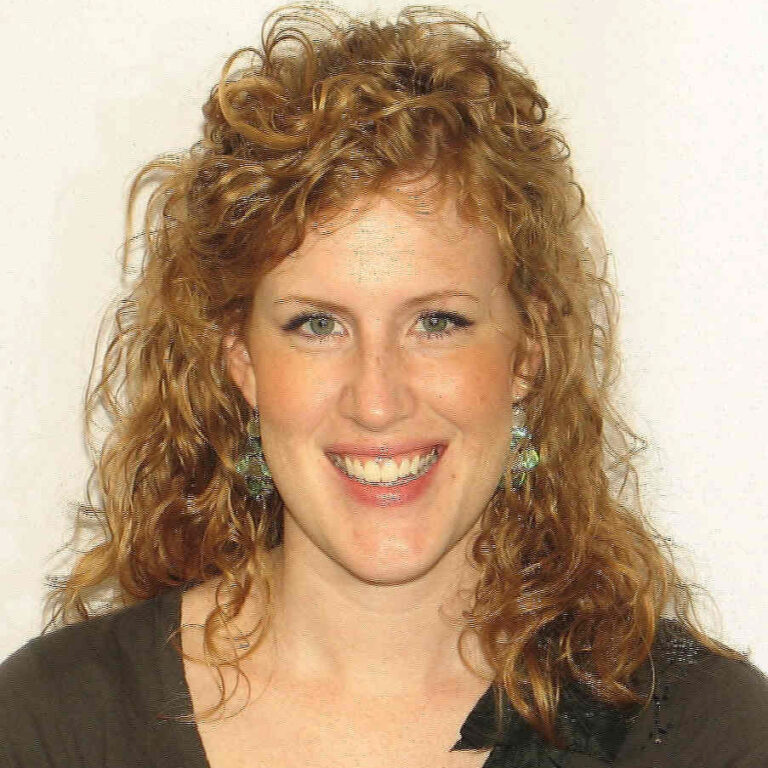The plot lines of the long-running reality show series are quite familiar: middle aged women dealing with relationships and scandals. Most reality shows center on the changing nature of relationships: marriages that fracture and fall apart on camera, dissolve, and then new relationships and children are born. But the 21st century world of reality television isn’t wildly different from past centuries. The 19th century just didn’t have the film cameras to capture the scandals.
Eighteen year old Mareka Heitina Tapper of Emden, Germany, met a new pastor in August of 1860. This new pastor, Rev. Johan Boelens De Beer, pastored the Alt Reformierte Gemeinde church. Johan’s wife passed away in 1861, and in 1862, Johan married Mareka. It isn’t known if Mareka worked for Johan as a maid or if she caught his attention in church. The gap of twenty three years might be considered scandalous today, but in the 1860s, this was much more common. But a whiff of scandal, I suspect. Mareka and Johan’s first child, a daughter, tragically passed away a week after her birth. But the next five children lived into adulthood and were all born in different places, showing the eventful lives of the De Beer family. Peter was born in Emden, Germany, John in Forreston, Illinois, Helena in Grand Haven, Michigan, Hilko and Annette born in Parkersburg, Iowa, and Edzard was born in Uithuizermeeden, the Netherlands.
The congregation of Central Avenue CRC in Holland, Michigan, called Johan De Beer to be their pastor, and he emigrated with his pregnant spouse, Mareka and their young son, Peter. The CRC classis asked Johan to preach in Ridott, Illinois. But instead, Johan, visited the nearby Silver Creek Reformed congregation, since there were people there from Emden, Germany. He stayed and led services for the next three weeks at the Silver Creek RCA church (!). This quite riled up the CRC pastors in Michigan. To add to the scandal, a German Reformed congregation in Forreston Illinois issued a call to Johan. After just a few months of serving the original CRC congregation, to leave so soon and for another rival denomination was outrageously improper and caused much brouhaha.
After time in Forreston, Illinois, Johan and Mareka then moved to Grand Haven, Michigan and then to Cleveland, Ohio, and Parkersburg, Iowa. Apparently, Johan’s violent temper was well known, “a ready speaker and an emotional preacher who stirred the mind and heart but not always the depth thereof. He was very decided in his persuasions…” After a stretch of six years in Grundy Country, Iowa and a total of thirteen years in the United States, Johan accepted a call to a church in Uithuizermeeden in the province of Groningen, the Netherlands, not far away from Emden, Germany. Mareka and Johan’s last child, Edzard, was born there. At a time when many of the Dutch were leaving the Netherlands, Mareka and Johan moved to the Netherlands. And Mareka, from Germany, did not speak much Dutch. I cannot help but wonder how she adjusted to this life, after living in America, but I suspect she managed and was accustomed to dealing with the unpredictability of her spouse and life so far.
After thirteen years in Uithuizermeeden, Johan retired at the age of sixty-eight and moved to Emden, Germany to retire. Mareka was only forty six at the time, and in another move that surely raised eyebrows, chose to live back to Grundy County, Iowa in 1889. She owned land and provided her income through renting out her land. Johan passed away in 1891 at the age of 80 in Emden, Germany. Mareka lived another twenty years and passed away in 1911. She is buried in Oakhill Cemetery in Parkersburg, Iowa, and lived out her days surrounded by children and grandchildren.
There is surely more to this story than the historical record shows. I can only imagine the scandal and drama as captured by the reality show cameras and manipulated by the producers for ‘good television.’ But for now, it is enough to speculate at the joys and sorrows of a life like Mareka Heitina Tapper De Beer.
Janet Sjaarda Sheeres, For Better, For Worse: Stories of the Wives of Early Pastors of the Christian Reformed Church, (Grand Rapids, MI: Wm. B. Eerdmans Publishing Co., 2017), 160.
Photo by zelle duda on Unsplash

